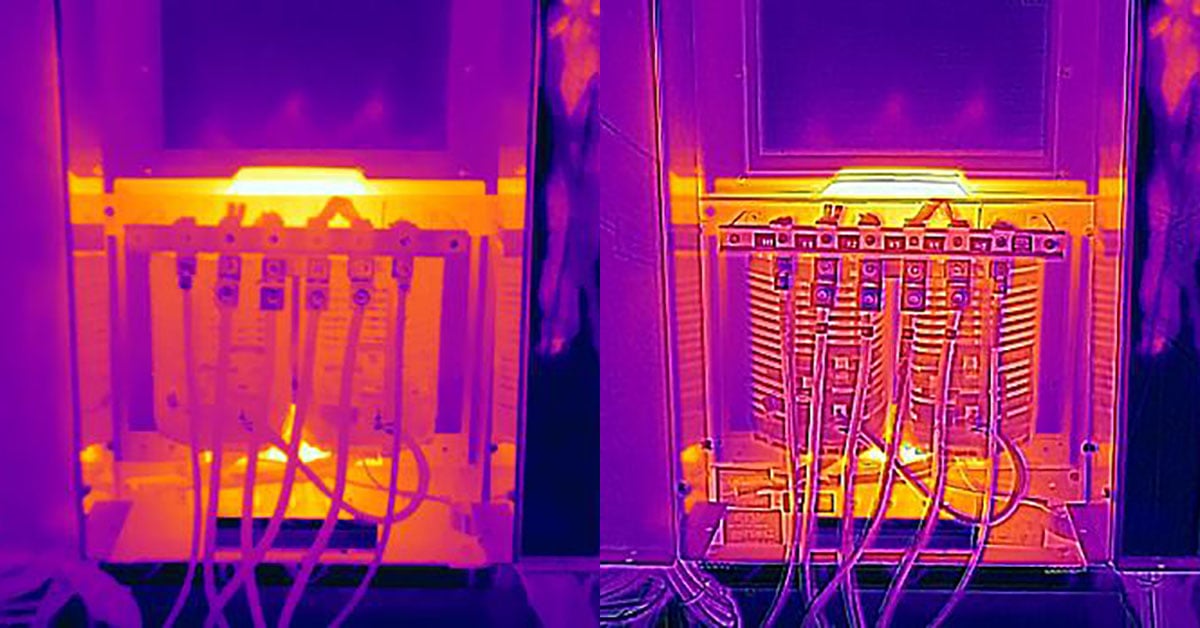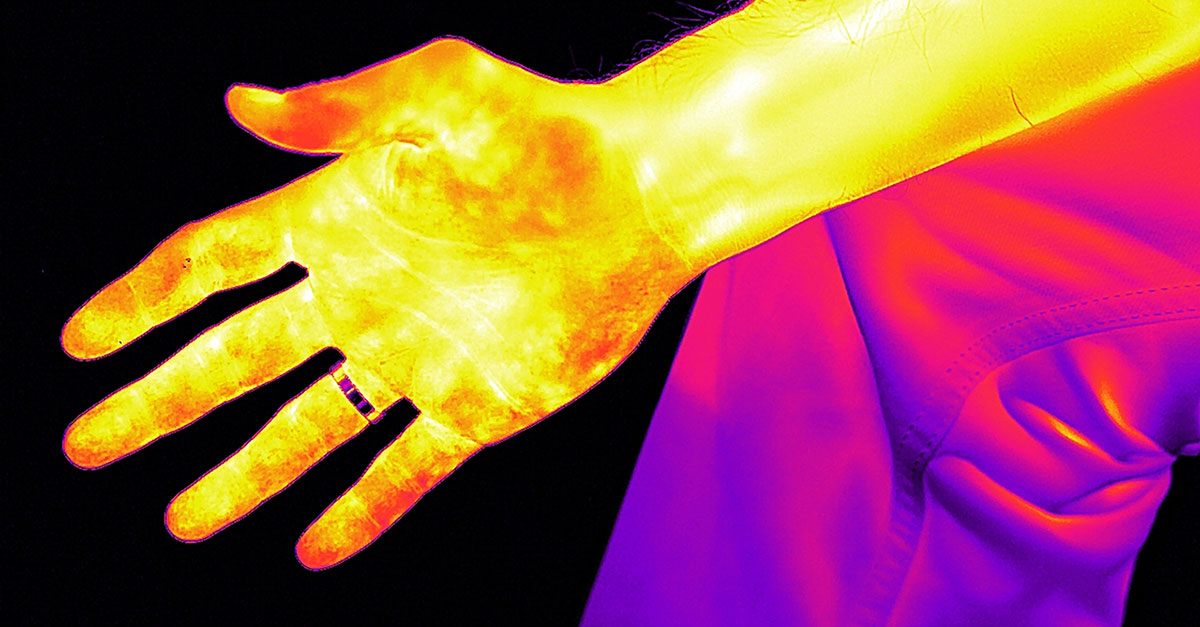How Do You Calibrate a Thermal Imaging Camera?
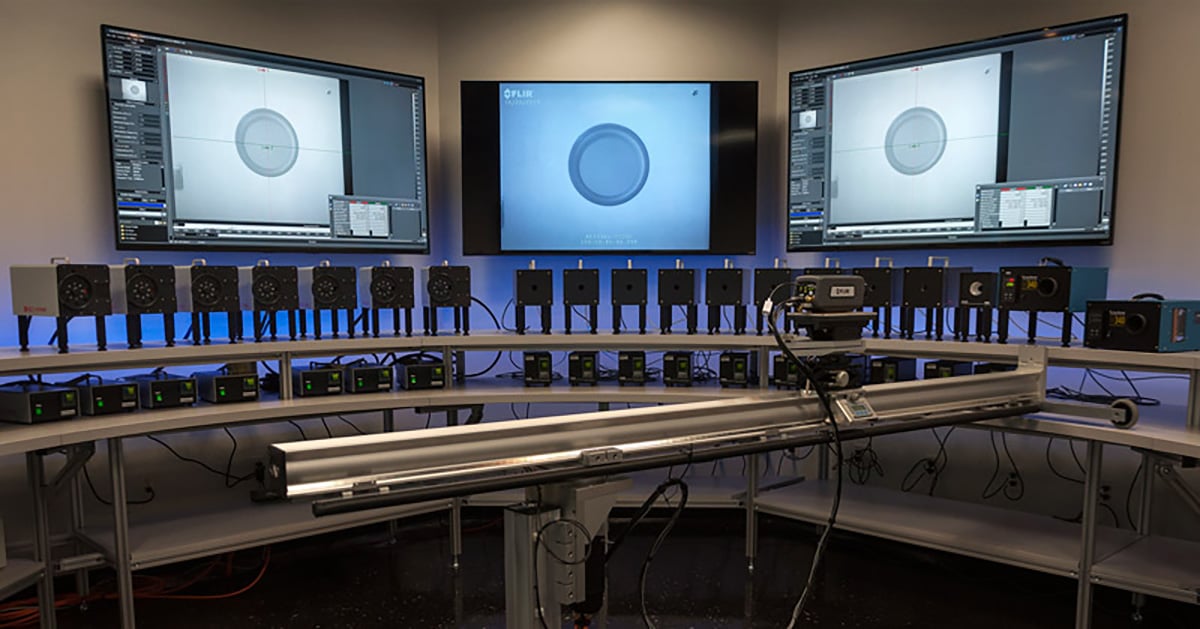
Calibrating a thermal camera is the process of correlating what the camera sees (infrared radiation) with known temperatures, so that the camera can accurately measure the radiation it detects. All FLIR cameras are calibrated to factory specifications, but over time, electronic component aging can cause calibration shift and produce inaccurate temperature measurements.
If this happens, can you recalibrate your thermal camera by yourself? Unfortunately, the answer is no: to maintain the accuracy of your thermal camera, you will need to send it in for regular calibration by the camera manufacturer. We recommend this be done annually.
To understand why calibration isn’t so easy to perform in the field, let’s first look at how thermal cameras are calibrated in the lab.
How thermal cameras are calibrated in the lab
Calibration is performed under controlled conditions with a large number of blackbody reference sources. Blackbodies are physical bodies with very high emissivity, meaning they radiate and absorb almost all electromagnetic radiation (the theoretical ideal blackbody has an emissivity of 1.0 and perfectly absorbs and emits all radiation). The blackbodies in a calibration lab are certified and traceable to international standards.
The blackbody reference sources are arranged in a semi-circle and set to different known temperatures, and then the thermal camera (connected to a robotic arm) is pointed at each reference source one by one. The signal value at each temperature is captured by calibration software, and each pair of signal and temperature values are plotted along a curve, the equation of which is based on a physics model. This data is then loaded into the camera, calibrating it to ensure it meets accuracy specifications.
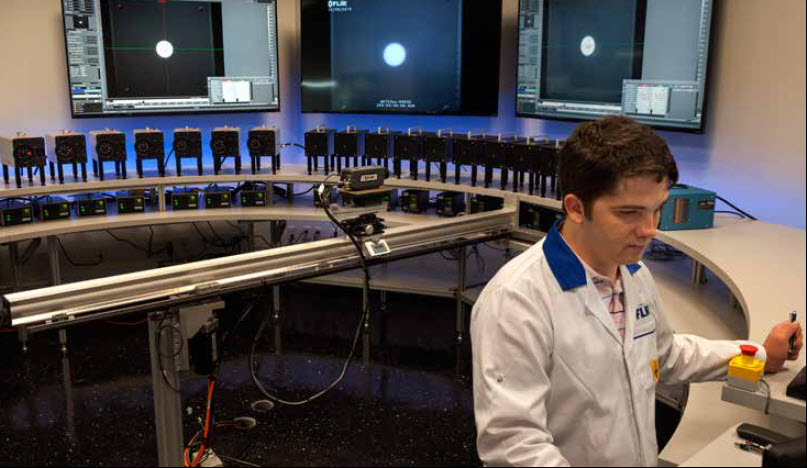
Because of the extensive requirements, cameras need to be recalibrated in a lab. However, if you’re concerned your camera might be out of calibration, there is a simple check you can perform in the field without any expensive equipment.
Performing a calibration check yourself
The good news: if your camera is out of calibration, it is usually out by a lot, meaning that if you perform a check and get reasonably accurate results, your calibration is probably good. Keep in mind however that a calibration check you do yourself does not guarantee that the camera is accurately calibrated, and cannot replace regularly scheduled maintenance.
For the check to be useful, you first need to make a baseline measurement when the calibration of the camera is known to be accurate - for instance, soon after it comes back from being calibrated in the lab. This will account for systematic errors in your setup and procedure.
Calibration checks are performed by measuring targets with known temperatures and comparing the known vs. the measured temperature. In this case, you can use boiling water and melting ice.
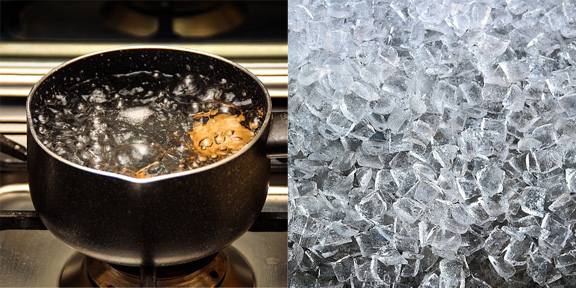
Boiling water will have a temperature of about 100°C (212°F). Make sure the water is violently boiling - just a few bubbles rising from the bottom is not enough. (And be sure to keep your camera from getting condensation on the lens.)
Melting ice will have a temperature of about 0°C (32°F). Make sure it is melting - ice cubes directly from the freezer will be much colder. For best results, mix the ice with a small amount of water.
Set your camera’s emissivity set to 0.96 and point it at the surface of the water to take a measurement of the temperature. Refer to your camera manual to find the accuracy of your camera - for instance, if your camera accuracy is +/- 2°C, any reading between 98°C - 102°C (208.4°F - 215.6°F) is within specification for boiling water.
Do I really need to send in my camera to be calibrated every year?
The calibration check described above is a good way to find out if your camera’s calibration is faulty. However, it is not a guarantee of your camera’s accuracy, and without proper maintenance and calibration, accurate measurements cannot be assured.
For more information about the calibration services that FLIR provides, head to our page on Infrared Camera Calibration.

